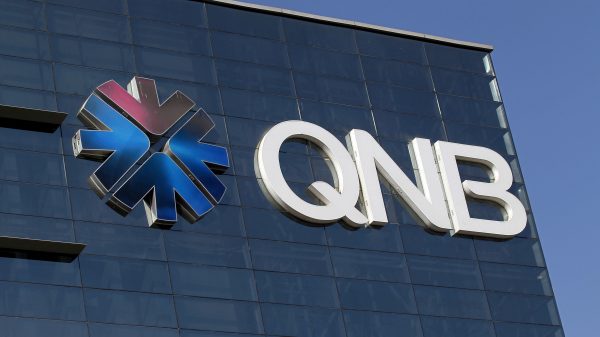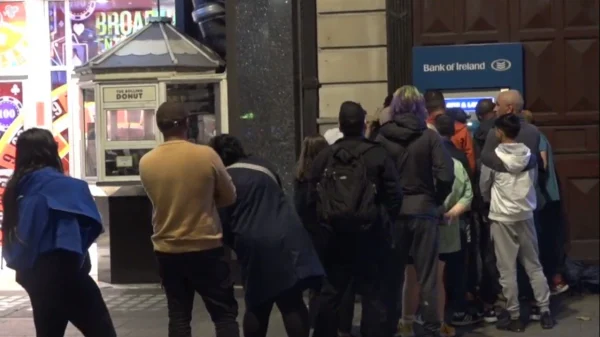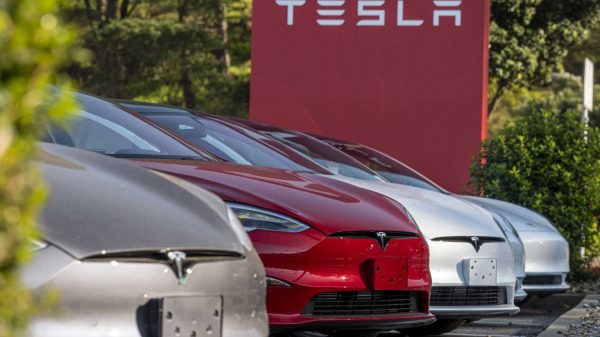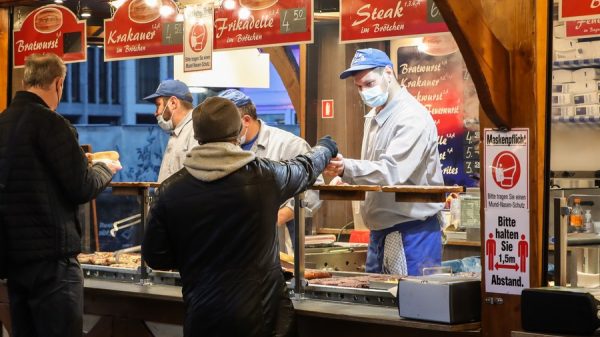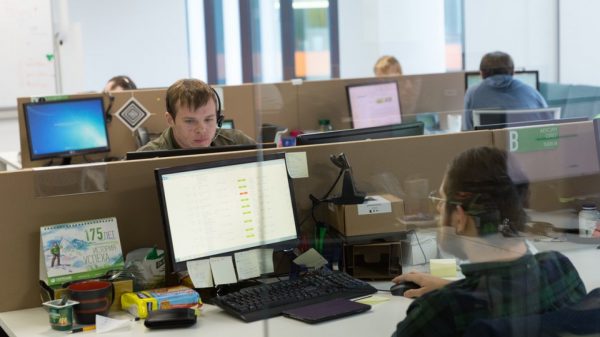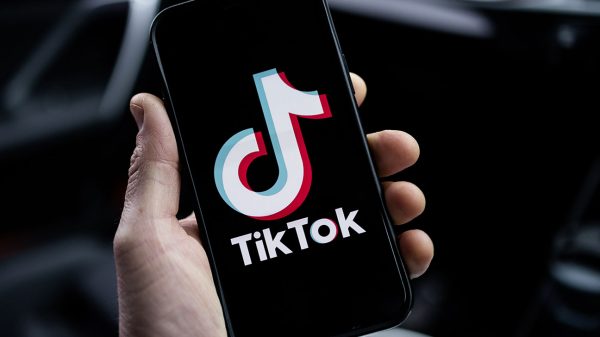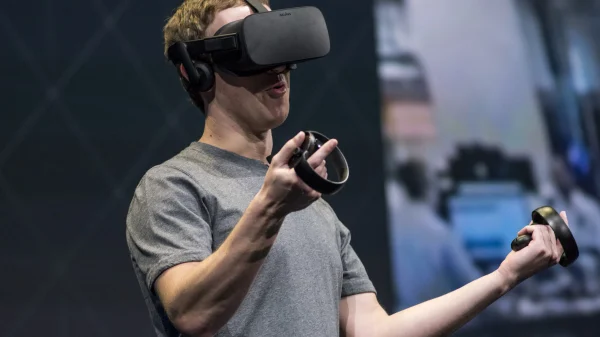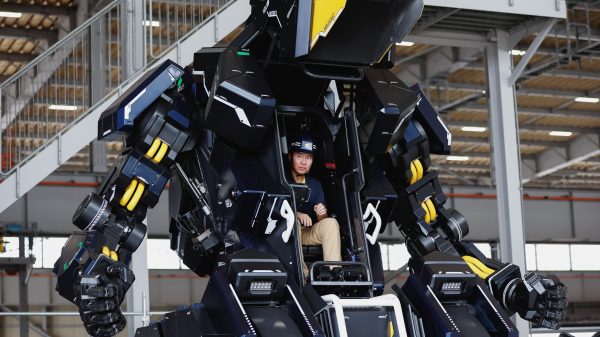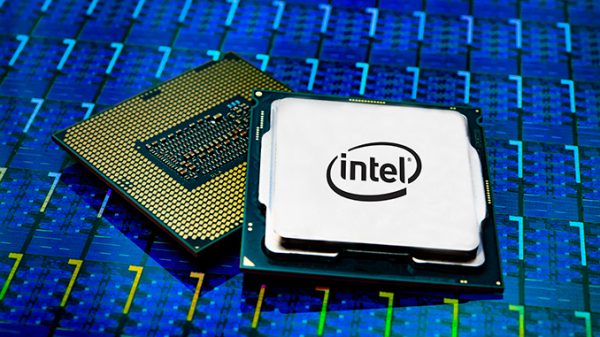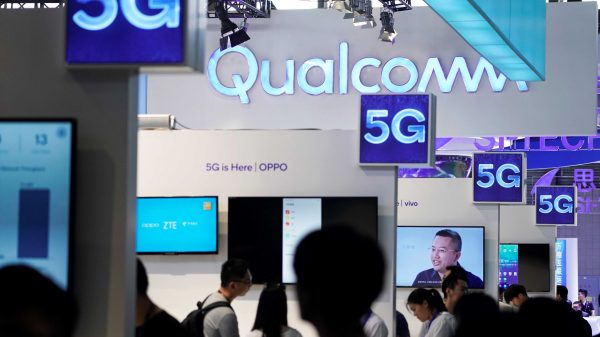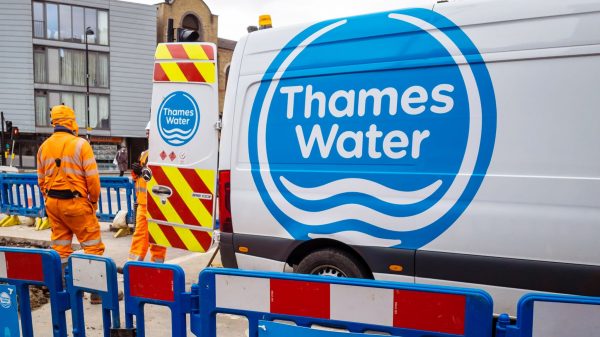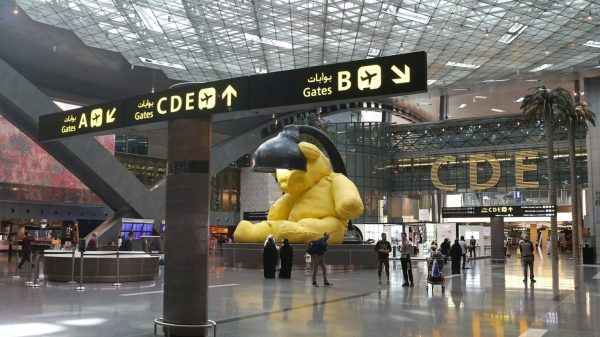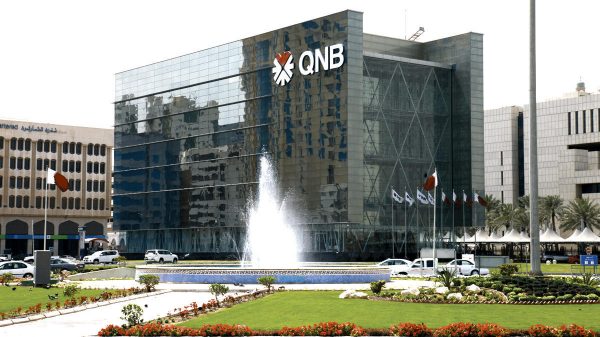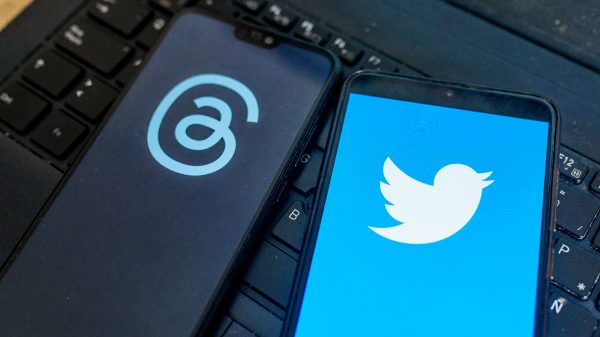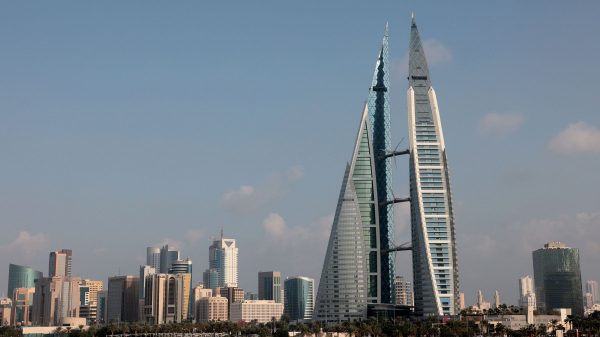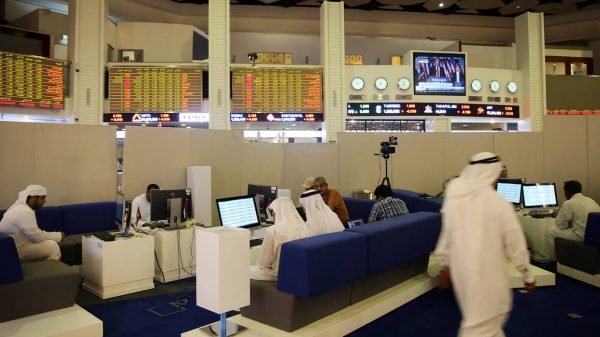Its open season in scientists hunt for gravitational waves.
A trio of detectors are back on the lookout for the ripples in spacetime. And the newly souped-up machines could make this the most productive search yet.
The two detectors of the Advanced Laser Interferometer Gravitational-Wave Observatory, LIGO, located in Hanford, Wash., and Livingston, La., and the Virgo detector, located near Pisa, Italy, officially started taking data again April 1, researchers report. Shut down for upgrades since August 2017, the detectors now boast improvements to their lasers, mirrors and other components. And for the first time, the three detectors will use a quantum technique known as squeezing that will reduce unwanted jitter in the sensitive instruments (SN: 3/16/19, p. 12).
Scientists are eagerly awaiting more detections of ripples produced when two black holes collide, or when two dense husks of stars called neutron stars slam together — the two types of gravitational wave events previously observed (SN: 1/19/19, p. 10). And new sources of cosmic shudders are also on the table, including the possibility of collisions of one black hole and one neutron star. The three machines will scrutinize the skies for about a year before shutting down for more renovations.
In contrast to previous searches, in which new gravitational wave detections were kept hush-hush until scientists were ready to publicize them, new detections will be Read More – Source
[contf]
[contfnew]

science news
[contfnewc]
[contfnewc]



